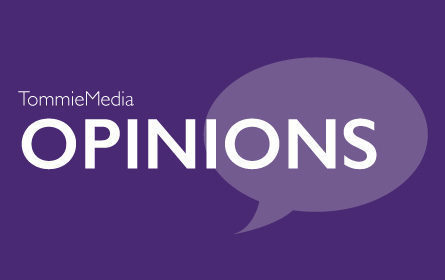On an early morning late last month, TV reporter Alison Parker and cameraman Adam Ward set up for a live interview for their TV station’s WDBJ Mornin’ show. While their guest was mid-sentence during the interview, a gunshot was heard. Parker looked in horror at her stomach, and before her TV audience had time to gasp, chaos erupted. Though it might have been hard to pick out every detail, a news brief later revealed that Vester Flanagan, a former employee of WDBJ, fired 15 shots, killing the two members of the news crew and injuring their guest.
The footage was no more than a few clicks away on the internet, and television stations like CNN decided to run the footage of the violence once every hour. Social media became flooded with outcries for conversations on gun control and requests to take the video down.
On one hand, death can be seen as a very private affair. A limited number of people are allowed to be present at a deathbed or a wake or a funeral. It is a moment of closure for someone’s life, not usually one that gets replayed on CNN every hour or retweeted thousands of times.
On the other hand, the video of the shooting was haunting. I watched it and I can still see it in my head. And as sad as it is for me to say, I don’t know how much the story would have stayed with me if it was just a headline.
A study conducted in 2014 by the Media Insight Project shows that four out of 10 Americans report that they “delved deeper into a particular news subject beyond the headlines in the last week.” If the shooting was merely an article without ghastly video, would I have clicked on it? Who else would’ve abstained?
Given the near ubiquity of social media and the sheer number of users, it is hard to police the content available, and we may in some way be driven by our own morbid curiosity to seek out the video. However, in this aspect, we become our own censors. In a separate category is what responsibility the media have in censoring it.
It is important for the media to show graphic images in video, though parameters need to be set on when to show what. The graphic nature of the content needs to be regulated based on broadcast times.
In other words, air more troubling news at night.
Once the hours fall in the evening and people become more abreast of the nature of the stories on the network, it becomes more acceptable to show media that was previously omitted. There is a grand importance to showing graphic images if they pertain to the story.
I am not advocating that people should catch sight of guts and gore as they flip through the evening news. The macabre nature of a news story should not tailored, because sometimes that is what is required for it to hit home.
And it’s true that among the conversations about “gun control” there will be people lamenting that “the awful footage just keeps getting played again and again.” But having a sickening visual aid accompany an equally horrifying headline will help those who don’t invest a lot of time in their news become more aware, more impacted and more inclined to make a difference. Just because of a few more freeze frames.
It is the media’s job to inform us of what happens in the world around us. Depending on the time of day, news stations should take certain measures to censor the violence based on what time the broadcast is shown. News stations can tailor violent media content based on the time in respect for their audience, but there is great value in showing the violent images. I believe that in a world where our attention can fleet with such ease, providing the audience with visuals that stay in their minds is a vital part of the news. It is our decision as to whether or not we watch or turn away from the TV.




